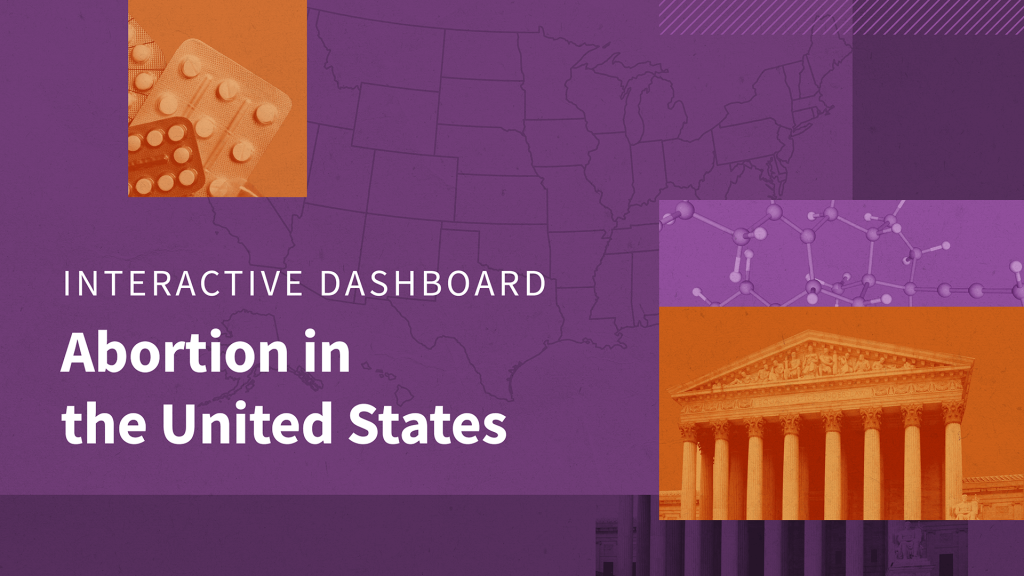Emergency Abortion Care to Preserve the Health of Pregnant People: SCOTUS, EMTALA, and Beyond
This policy watch outlines SCOTUS' June 27, 2024, decision dismissing the case, Moyle v. United States, where the Court had been asked to determine if a federal law called the Emergency Medical Treatment and Labor Act preempted Idaho's abortion ban. The decision returns the case to the lower courts and reinstates a court order blocking enforcement of the Idaho ban where it prohibits abortion care for pregnant people having medical emergencies.
